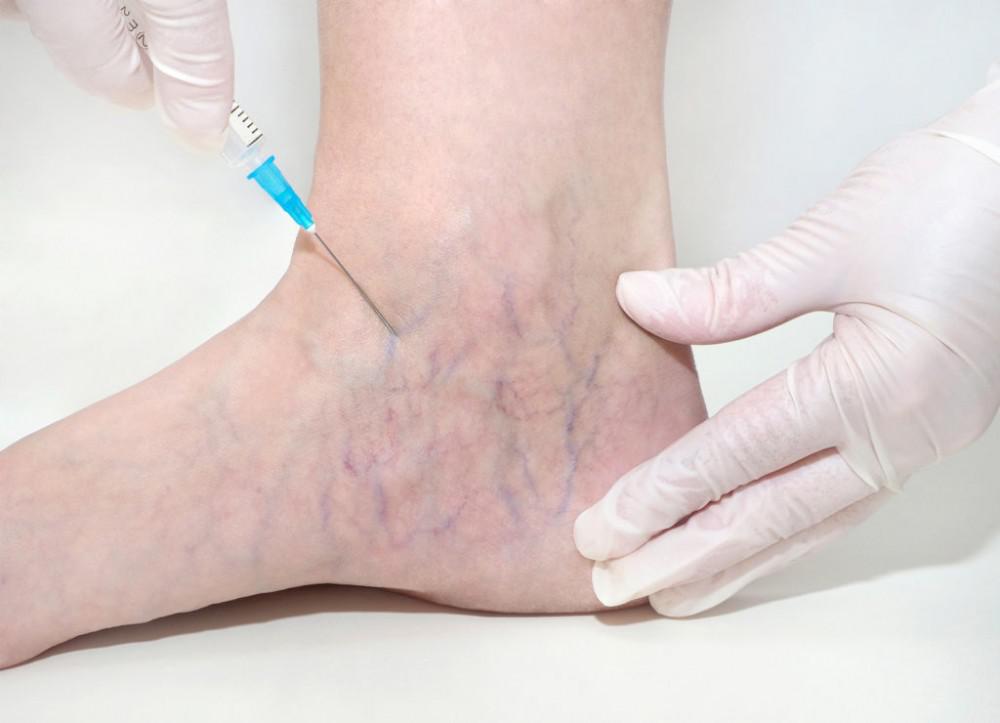Spider veins also referred to as thread veins, are tiny, painless, and damaged veins that appear on the surface of the face or legs. Although harmless, some people prefer to get rid of them for cosmetic reasons. They normally appear in the form of thin webs, branches, or lines and can be red, purple, or blue in color. Fortunately, there are a number of treatment options available to treat spider veins and reduce their visibility. Here, we will compare spider veins to varicose veins and review the possible treatments and prevention tips for East Orlando spider veins.
What Are Spider Veins?
Spider veins, scientifically known as telangiectasias, are the minute superficial blood vessels beneath the skin. The name “spider veins“ originated from their purple or blue spiderweb-like patterns on the calves, ankles, back of the knees, and the inner and outer thighs.
Generally, spider veins are painless and harmless, but depending on the severity of your underlying condition, you are likely to experience swelling, itching, aches, or pain. Some people with spider veins often complain of discomfort or warmth around the spiderweb-like patterns.
Spider Veins vs. Varicose Veins
Varicose veins and spider veins are two different types of medical conditions known as venous insufficiency. Despite the fact that both conditions result from damaged or weakened valves in the veins, they both exhibit different symptoms.
Spider veins are small, thin lines that are often purple, blue, or red in color and may appear flat or slightly raised. Though they are painless, they tend to cause some discomfort. On the other hand, varicose veins are much deeper and larger than spider veins. They are usually red or flesh-colored.
Some of the common symptoms of varicose veins include:
- a heavy or achy feeling in the legs
- bleeding
- pain
- swelling of the ankles or legs
- itching
What Causes Spider Veins?
Naturally, veins carry blood back to your heart. They also contain a one-way valve that prevents blood from flowing backward. If this valve stops working properly, the blood may find it difficult to flow in one direction and force it to start pooling in the vein. When left untreated, a bulge may appear in the vein, causing it to branch out, resulting in spider veins. In the face, spider veins can occur when valves inside the veins become damaged and burst due to exposure to harmful sun rays and increased pressure.
How Are Spider Veins Treated?
At Vascular Vein Centers, we begin treating spider veins with a consultation and a medical exam. The exam mainly consists of an ultrasound imaging of your affected legs, to determine the severity of the vein damage. Although spider veins are considered for cosmetic purposes, insurance usually covers the treatment. Our team of experts will recommend some lifestyle changes to help lower your chances of developing spider veins in the days to come.
Conclusion
For effective and reliable vein treatments for your spider veins problem, kindly visit us at Vascular Vein Centers. Our skilled team of board-certified vein specialists will provide you with innovative treatments, including sclerotherapy. To learn more about the various treatment options, feel free to schedule a consultation online or call our offices in East Orlando, Florida.











